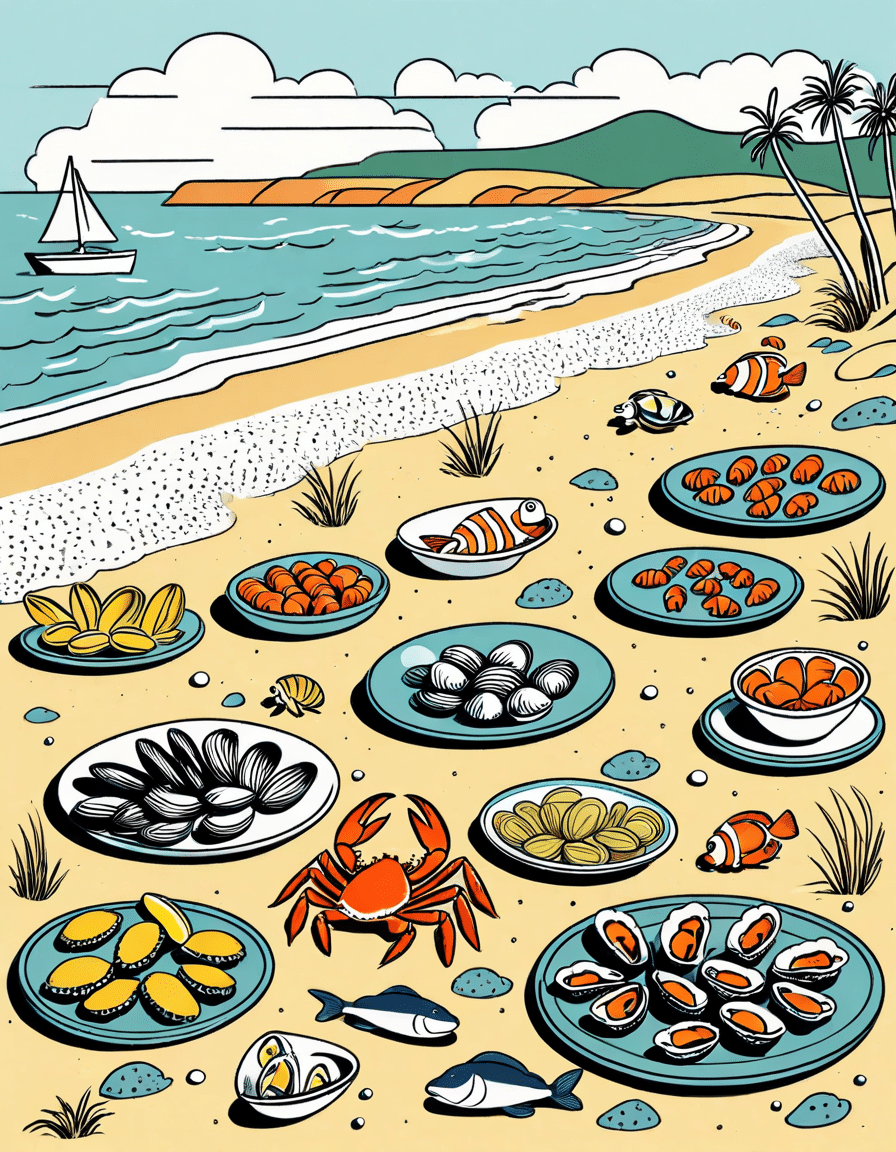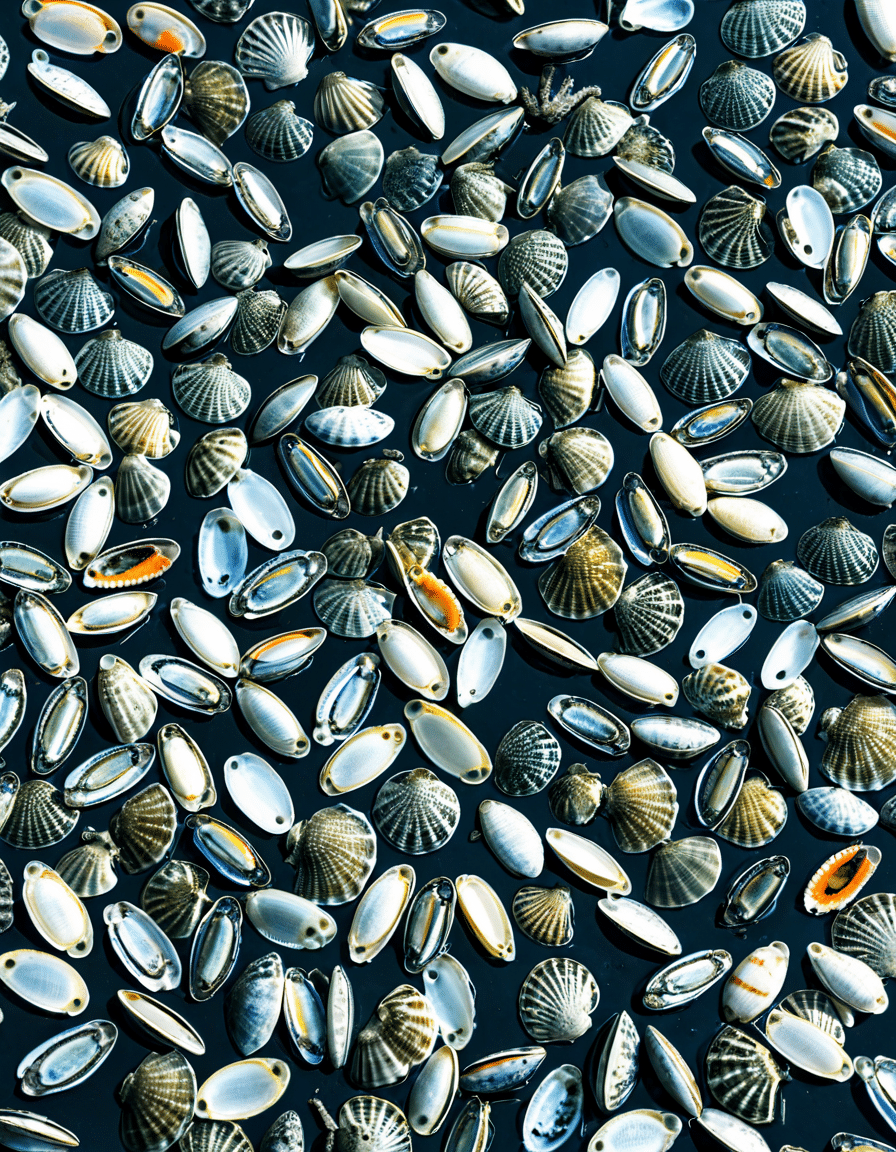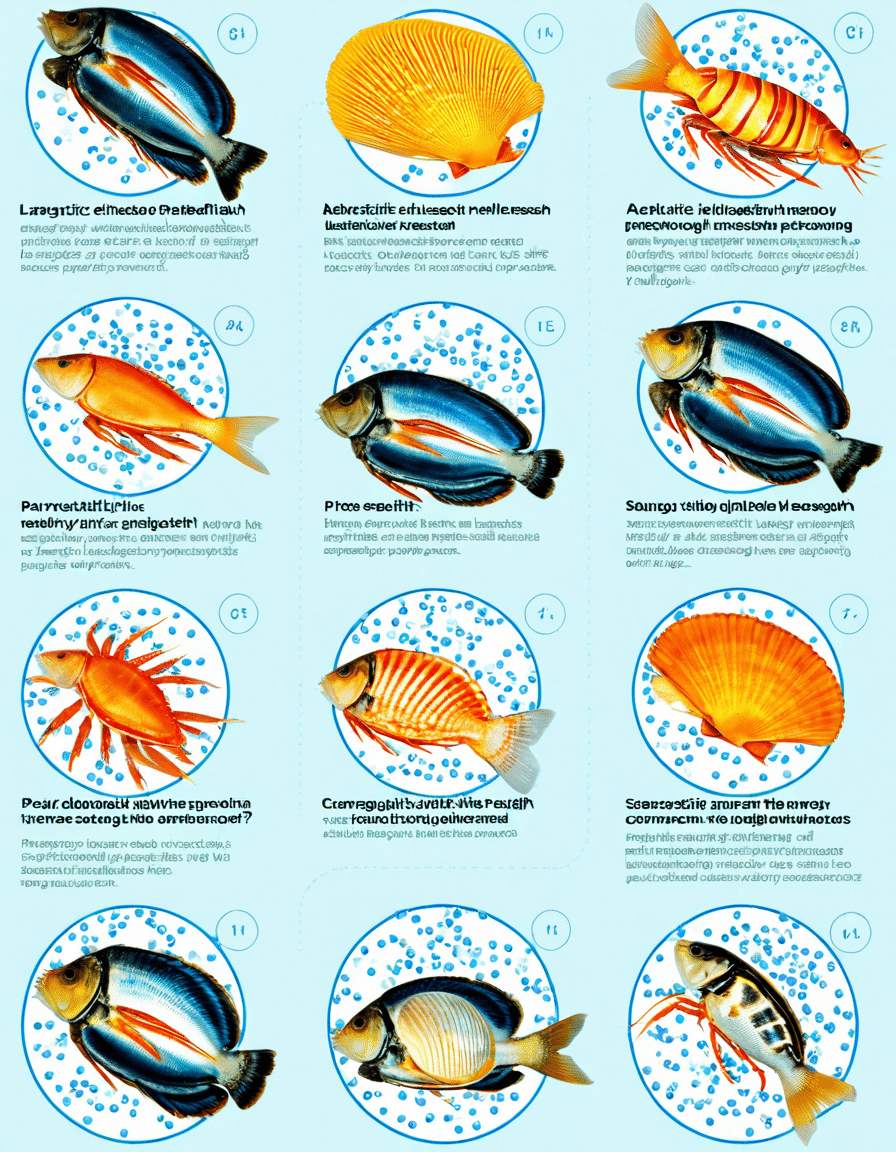Paralytic Shellfish Poisoning (PSP) is a serious health risk linked to the consumption of certain shellfish that carry dangerous neurotoxins. These toxins, particularly produced by tiny ocean dwellers called dinoflagellates, can wreak havoc on the nervous system, leading to life-threatening conditions. Awareness of the dangers and symptoms associated with paralytic shellfish poisoning is vital for seafood lovers, especially those living or visiting coastal areas.
1. Top 7 Symptoms of Paralytic Shellfish Poisoning to Watch For
Recognizing the symptoms of paralytic shellfish poisoning early is crucial for effective treatment and recovery. Here are the top seven symptoms to keep an eye on:
Symptoms generally surface within minutes to a few hours after consuming contaminated shellfish, so it’s critical to seek medical help straight away if you suspect poisoning.

2. Risk Factors for Paralytic Shellfish Poisoning in Coastal Areas
Living near the ocean can present particular risks when it comes to paralytic shellfish poisoning. Here are the key factors to be aware of:
Considering these factors, coastal dwellers or visitors should exercise caution before indulging in local seafood.
3. Protective Measures and Prevention Against Paralytic Shellfish Poisoning
Safety always comes first for anyone involved in fishing or simply enjoying shellfish. Here are practical steps to help ensure your safety:
Taking these preventative measures can significantly reduce the risk of paralytic shellfish poisoning.

4. Exploring Toxins: The Science Behind Paralytic Shellfish Poisoning
Understanding the science behind paralytic shellfish poisoning requires a closer look at its origins:
Grasping the scientific foundations of PSP can enhance public awareness and promote safer practices in shellfish consumption.
5. Case Studies: Insights from Recent Paralytic Shellfish Poisoning Outbreaks
Recent incidents have shed light on the pressing dangers of paralytic shellfish poisoning:
These case studies emphasize the ongoing relevance of maintaining awareness regarding the risks associated with paralytic shellfish poisoning.
6. The Role of Immediate Response in Treating Paralytic Shellfish Poisoning
In case of poisoning, prompt action is vital. Here are essential steps to follow:
Acting quickly can greatly improve the chances of effective treatment for paralytic shellfish poisoning.
7. Innovations in Prevention: Future Strategies for Tackling Paralytic Shellfish Poisoning
To enhance safety in shellfish consumption, innovative approaches are crucial. Here are potential strategies that could make a difference:
These innovations could significantly reduce the risk associated with paralytic shellfish poisoning, keeping seafood lovers safe.
Final Thoughts
Paralytic Shellfish Poisoning remains a pressing health concern, especially for shellfish enthusiasts. By understanding its symptoms, risk factors, and prevention strategies, individuals can make informed choices that safeguard their well-being. With proactive community awareness and protective measures, we can minimize risks and continue to enjoy delicious seafood while ensuring that it remains a cherished aspect of our diets. So remember—when in doubt, throw it out, and always prioritize safety over immediate cravings.
Paralytic Shellfish Poisoning: Fun Facts and Trivia
A Deep Dive Into Paralytic Shellfish Poisoning
Paralytic shellfish poisoning (PSP) isn’t just a health concern; it also has some fascinating aspects. Did you know that PSP toxins are produced by dinoflagellates, tiny marine organisms? These critters can multiply rapidly, especially in warmer waters, leading to what’s commonly known as a red tide. But don’t let that scare you off the beach! Understanding PSP can help keep you safe while enjoying coastal adventures, maybe even while wearing a Carhartt Rain Defender jacket for those unexpected weather changes.
Seafood Safety and Beyond
Talking about safety, it’s important to remember that PSP can occur in various seafood, not just shellfish. When consuming seafood, always check local advisories. In fact, did you know that some regions in the U.S. have specific seasons where shellfish harvesting is restricted due to risks of PSP? The states that grapple with high instances of this poisoning, ironically, are also ranked among the best states to live in. Of course, nothing beats a good meal, and if you’re in the mood for something delicious, try some Recetas con Pollo for a fun alternative!
Cultural Tidbits
PSP has its place in various cultural contexts too. For example, in Japan, there’s a spirit called Shoju that’s often served during celebrations. Yet, if shellfish are on the menu, ensure they’re safe to eat, as the consequences of PSP can be severe. Reflecting on this, you could draw parallels to the serenity many seek in their daily lives, akin to pursuing domestic tranquility. Always remember, knowledge is power, especially when considering the implications of eating the wrong kind of shellfish.
In addition to these facts, it’s interesting to note that even marine life gets involved in the cycle of life with toxin buildup. The infamous pregnant stingray shark, for instance, can further illustrate how interconnected the ocean’s food web is, and how toxins travel through it. Overall, understanding paralytic shellfish poisoning offers a window into marine biology’s fascinating world and highlights the importance of responsible eating habits.




